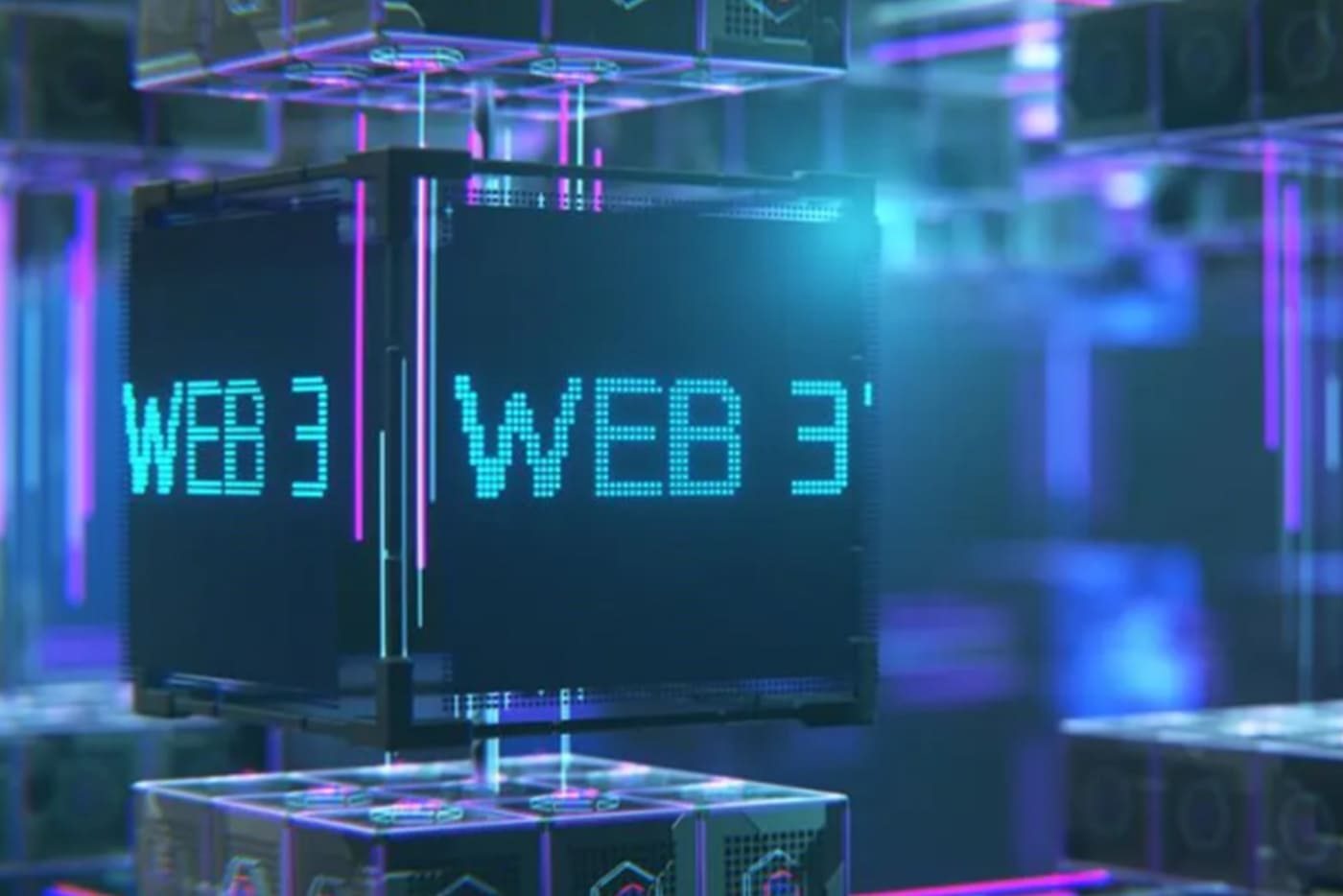What is Web3 and Why Should You Care?

Web3 Technologies | A New Generation of Internet Technologies
As we navigate the ever-evolving landscape of technology, a buzzword has been gaining traction among tech-savvy individuals and industry experts alike: Web3. But what exactly is Web3, and why should you care? In this article, we’ll delve into the world of decentralized technologies, exploring its history, key components, and the implications it holds for our digital lives.
To understand Web3, let’s first grasp what the web has been through since its inception. The World Wide Web, as we know it today, was born out of the internet’s early days in the 1990s. It was a centralized, hierarchical structure, where data and websites were controlled by a few major players. Fast-forward to the present, and we have the web that exists today – a complex network of interconnected servers, websites, and applications.
The current state of the web is characterized by several key features:
1. Centralized control: The majority of the web’s infrastructure is controlled by a small number of large corporations, governments, and organizations.
2. Hierarchical structure: The web is organized in a hierarchical manner, with each node (website or server) connected to others through standardized protocols (HTTP, FTP, etc.).
3. Single-point failures: If one node fails, the entire network can be brought down.
Web3 marks a significant departure from its predecessor. It’s an evolution towards a decentralized, blockchain-based internet that empowers users, promotes transparency, and fosters a more democratic online environment. At its core, Web3 is about creating a web that’s not controlled by a single entity but rather a community of nodes, each contributing to the overall network.
So, what are some key components of Web3? Let’s break them down:
Blockchain Technology
Blockchain technology is the backbone of Web3. It’s a decentralized, distributed ledger that records transactions across a network of nodes. This technology enables secure, transparent, and tamper-proof data storage and exchange.
Blockchain works by using a combination of cryptography and game theory to create a system that is resistant to tampering and censorship. Here’s how it works:
1. Decentralized network: A network of nodes (computers) is established, each with a copy of the blockchain.
2. Transactions are broadcast: When a user wants to make a transaction (e.g., send cryptocurrency), they broadcast it to the network.
3. Verification and validation: The transactions are verified by specialized nodes called miners, who use complex algorithms to validate the transactions.
4. Blockchain is updated: Once validated, the new block of transactions is added to the blockchain, which becomes a permanent record.
Blockchain’s impact on Web3 can be seen in various aspects, such as:
- Digital identity verification: Blockchain-based systems enable secure and decentralized identity management, reducing the risk of identity theft.
- Supply chain management: Blockchain technology allows for transparent tracking of goods throughout the supply chain, increasing efficiency and reducing counterfeiting.
- Smart contracts: Self-executing contracts with the terms of the agreement written directly into lines of code. These contracts can automate various processes, such as payment or asset transfer.
Decentralized Applications (dApps)
dApps are Web3 applications built on top of blockchain technology. They’re designed to be open-source, community-driven, and permissionless – meaning anyone can interact with them as long as they have the necessary hardware and software.
dApps empower developers to create innovative applications that promote user autonomy, security, and transparency. Examples include:

What Is Web3 and Why Should You Care?
- Decentralized social media platforms: Platforms like Mastodon and Diaspora allow users to share content without relying on centralized intermediaries.
- NFT marketplaces: Blockchain-based marketplaces like Rarible and OpenSea enable creators to sell unique digital assets (NFTs) directly to collectors.
- Decentralized gaming platforms: dApps like CryptoKitties and Axie Infinity create immersive, blockchain-based gaming experiences that reward players with cryptocurrency.
Web3’s Impact on Our Digital Lives
So, what does Web3 mean for us? On one hand, it promises a more secure, transparent, and community-driven internet. On the other hand, it also raises important questions about data ownership, digital identity verification, and the role of intermediaries.
Some potential implications of Web3 include:
- Data ownership: With blockchain-based systems, users can have greater control over their personal data, allowing them to decide who has access to it.
- Digital identity verification: Decentralized identity management enables secure and transparent identification processes, reducing the risk of identity theft.
- Intermediary-less transactions: dApps and blockchain technology enable direct interactions between buyers and sellers, bypassing intermediaries like banks or payment processors.
However, Web3 also raises important questions about:
- Regulation: As decentralized technologies emerge, governments and regulatory bodies must adapt to ensure that these systems are secure and fair.
- Security: While blockchain technology is secure by design, it’s not foolproof. Users must take steps to protect themselves from potential security threats.
The Future of Web3
Web3 is not a destination; it’s an ongoing journey. As technology continues to evolve, we can expect to see more innovative applications and use cases emerge. From decentralized social media platforms to blockchain-based healthcare systems, the possibilities are endless.
Some promising areas of research and development include:
- Artificial intelligence: Integrating AI into dApps and blockchain-based systems could enable new forms of automation and decision-making.
- Internet of Things (IoT): Connecting devices through blockchain technology could create a more secure and transparent IoT ecosystem.
- Quantum computing: Harnessing the power of quantum computing to enhance blockchain security and efficiency.
Practical Takeaways
So, what can you do to get involved with Web3? Here are some practical tips:
1. Learn about blockchain technology: Understand the basics of blockchain and its applications in Web3.
2. Explore decentralized social media platforms: Try out Mastodon or Diaspora to experience the benefits of decentralized social media.
3. Invest in NFT marketplaces: Consider investing in NFTs through platforms like Rarible or OpenSea.
4. Participate in online communities: Join forums and discussion groups focused on Web3 development and blockchain-based projects.
5. Stay informed about the latest developments: Follow reputable sources, such as Coindesk or The Blockchain Times, to stay up-to-date on the latest news and trends.
Additional Relevant Sections
Decentralized Governance
Decentralized governance refers to the process of making decisions through a community-driven approach. In Web3, decentralized governance enables users to participate in decision-making processes that affect their online experiences.
Examples of decentralized governance models include:
- Token-based voting systems: Token-based systems allow users to vote on proposals or changes to the system.
- Decentralized autonomous organizations (DAOs): DAOs enable community-driven decision-making through blockchain technology.
Web3 and Artificial Intelligence
As AI becomes increasingly integrated into our digital lives, it’s essential to consider its role in Web3. Some potential implications of AI in Web3 include:
- Automation: AI can automate tasks and processes, reducing the need for human intervention.
- Decision-making: AI can enable decentralized decision-making through token-based voting systems or DAOs.
Web3 and Environmental Sustainability
Web3 has the potential to significantly reduce its environmental impact compared to traditional web architectures. Some ways that Web3 promotes sustainability include:
- Energy-efficient computing: Blockchain technology enables energy-efficient computing, reducing carbon emissions.
- Decentralized data storage: Decentralized data storage reduces the need for centralized servers, decreasing energy consumption.
By understanding Web3 and its implications, we can begin to envision a more democratic, secure, and transparent online environment. As we move forward into this decentralized era, it’s essential to remember that decentralized technologies are only as good as the community that drives them. By engaging with Web3 developers, participating in blockchain-based discussions, and staying informed about the latest developments, you can be a part of shaping this new web.

5 Reasons Why You Should Care About Web3 | Bernard Marr
